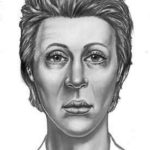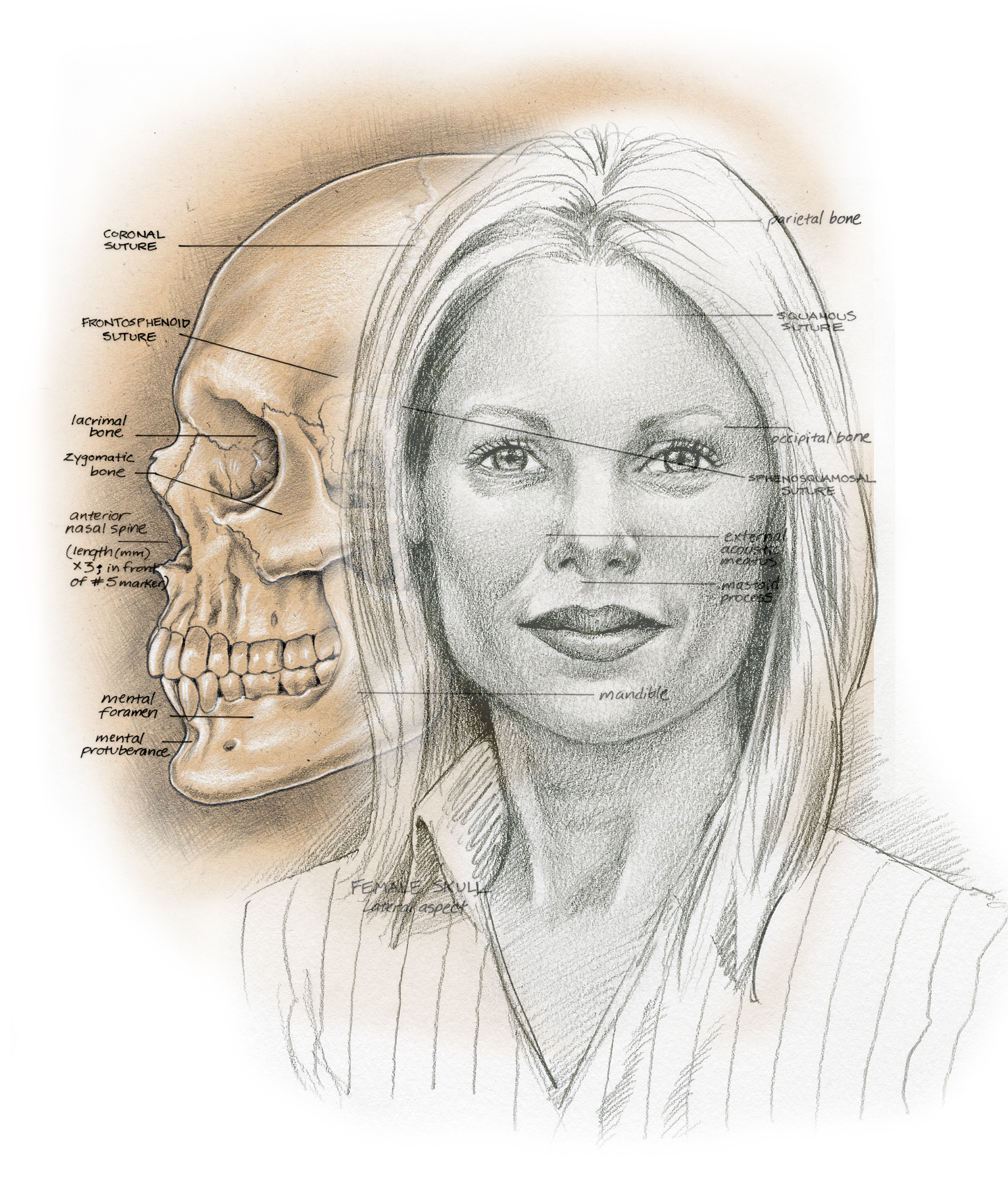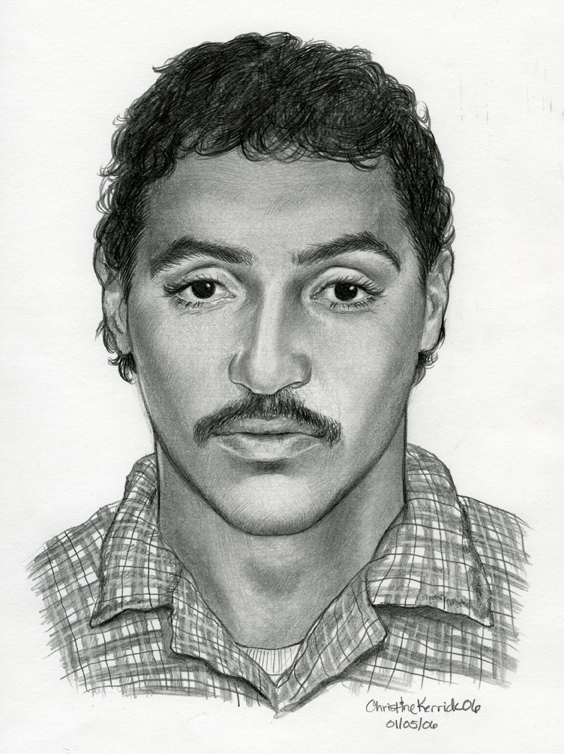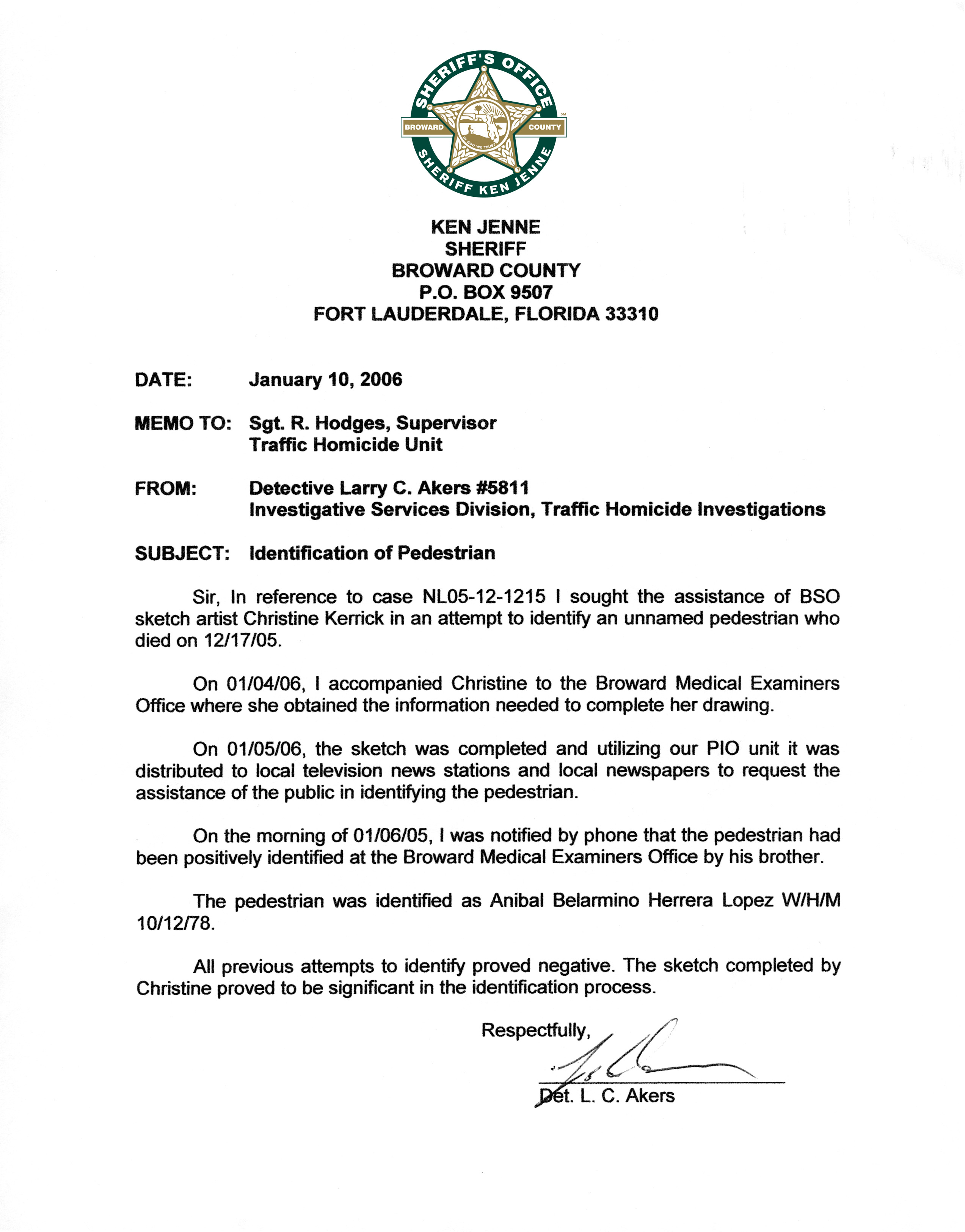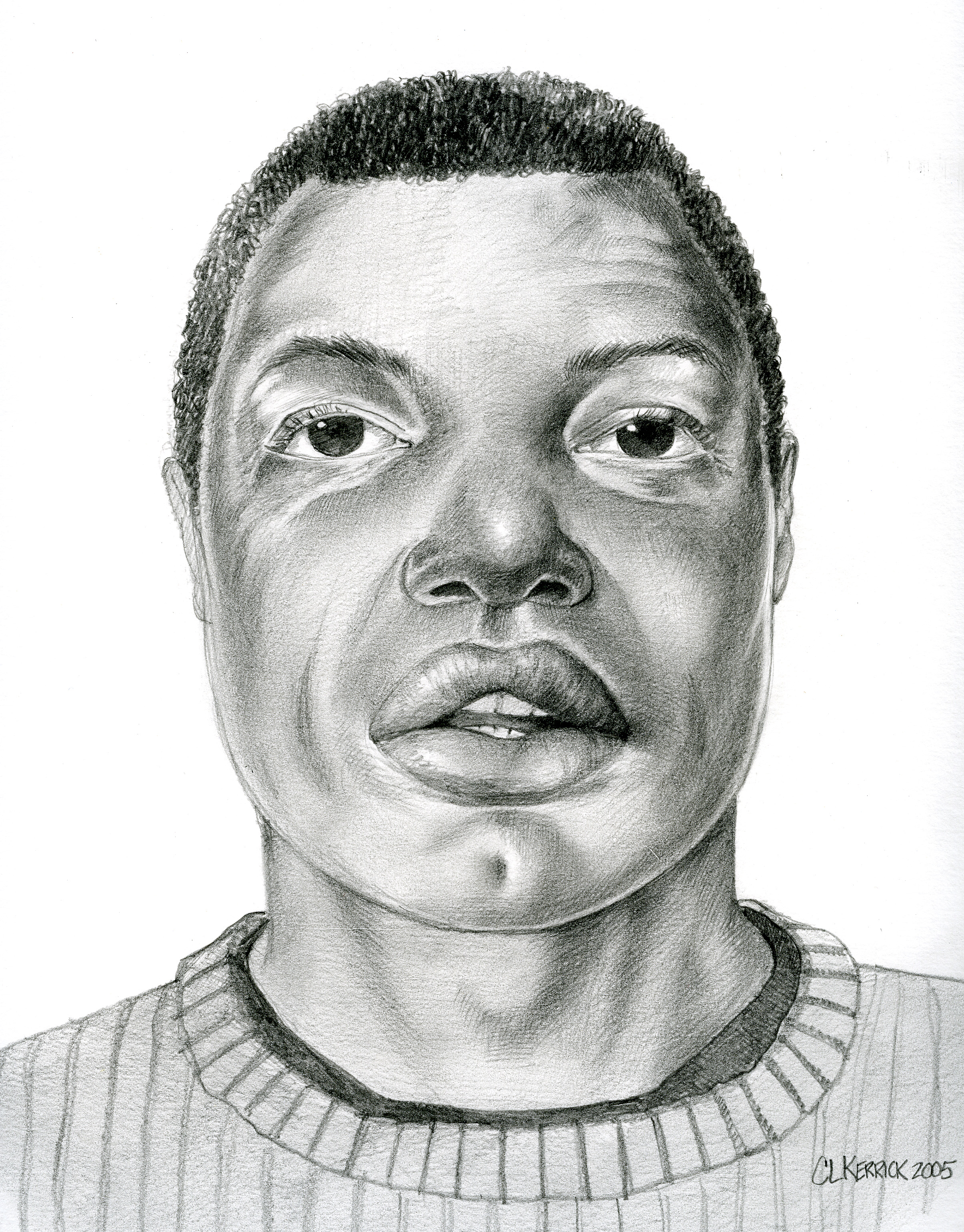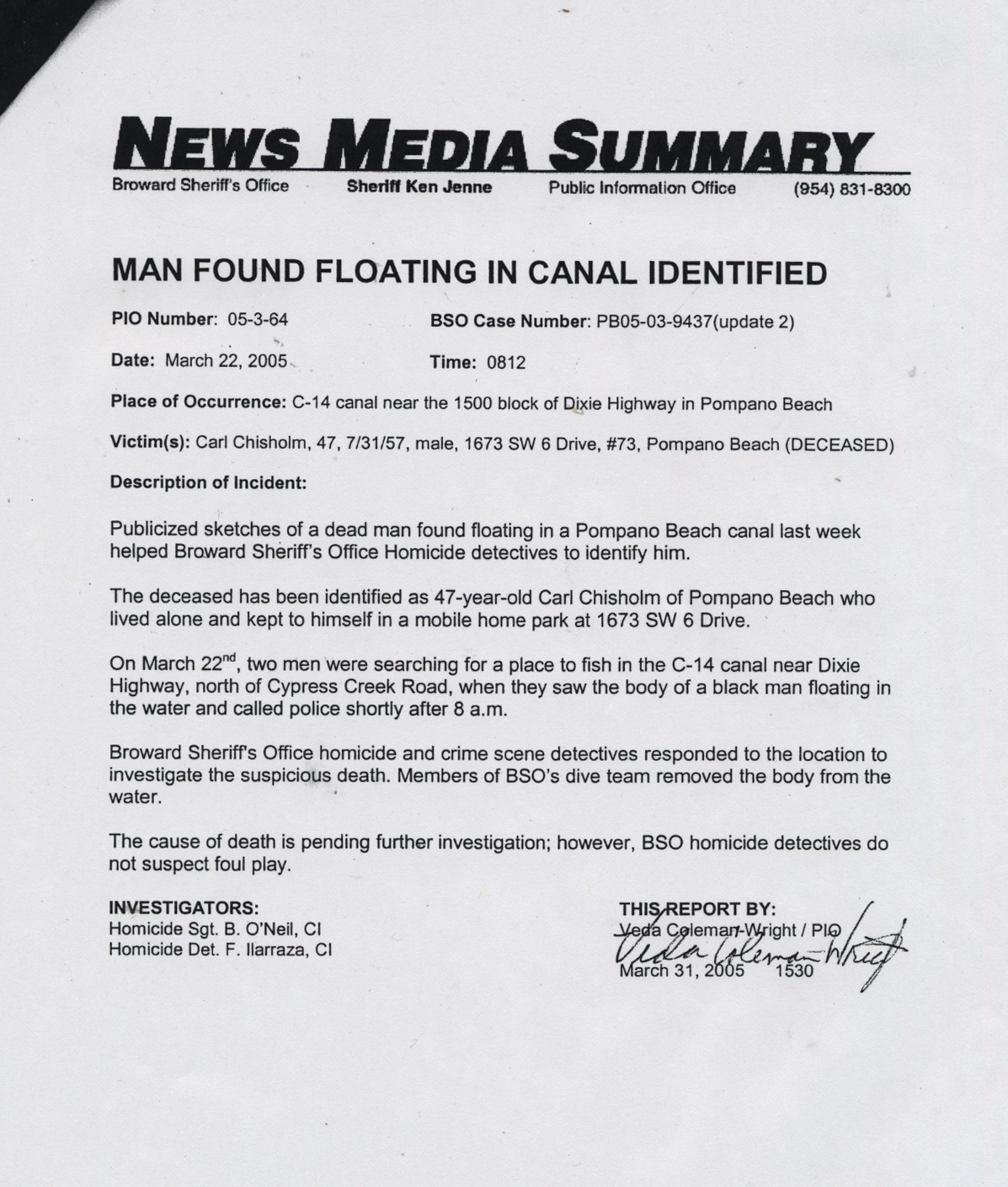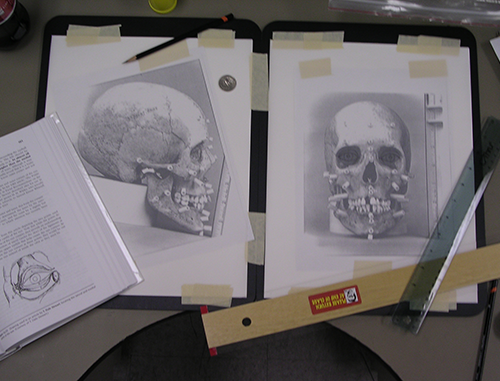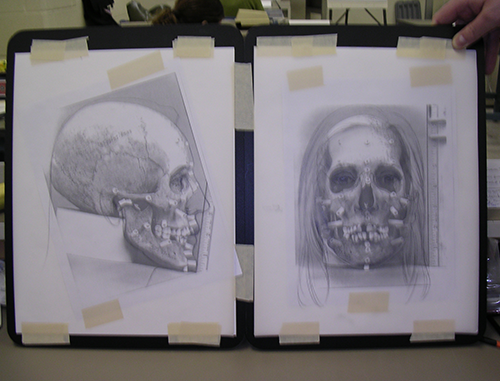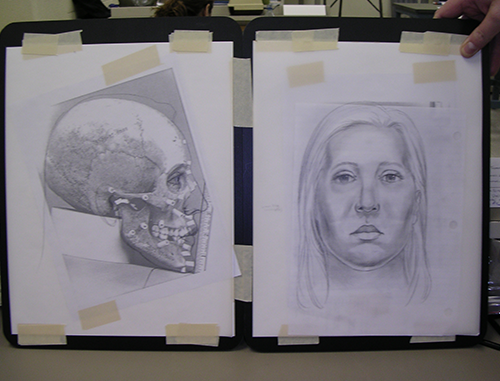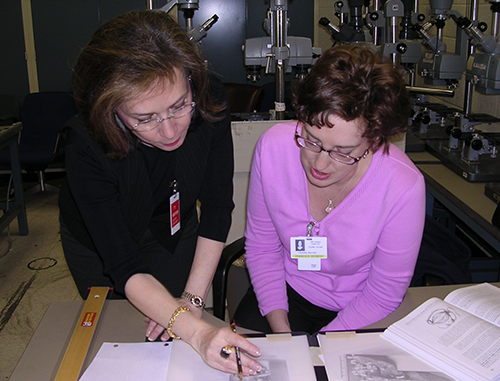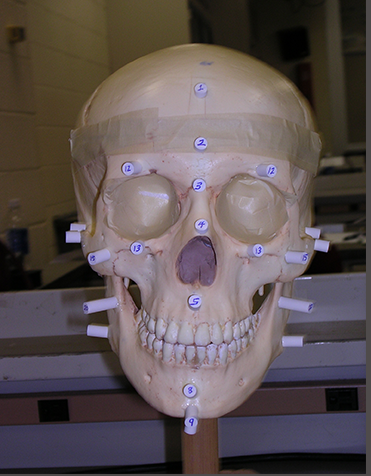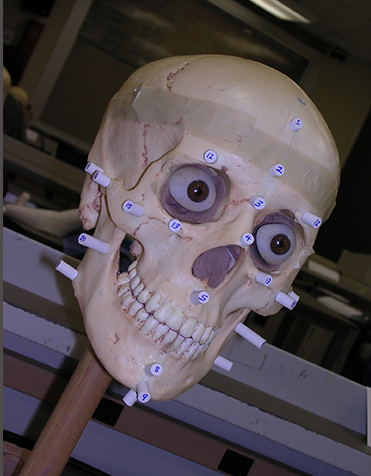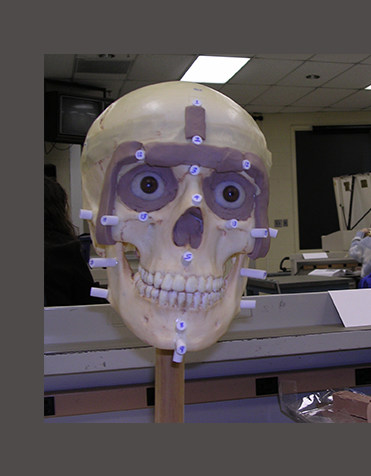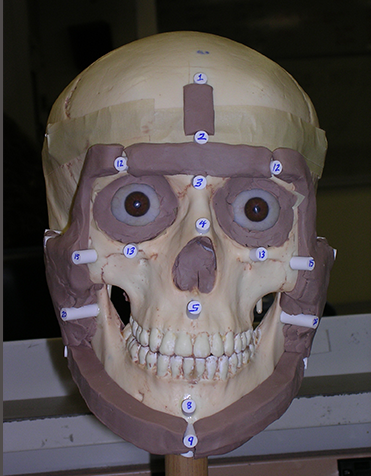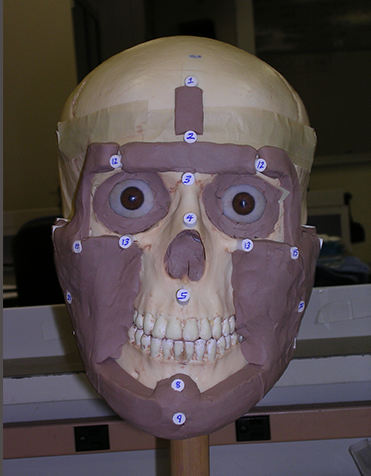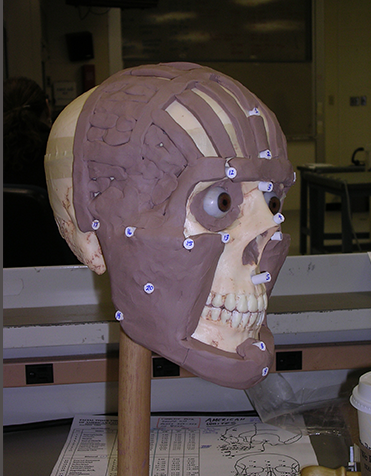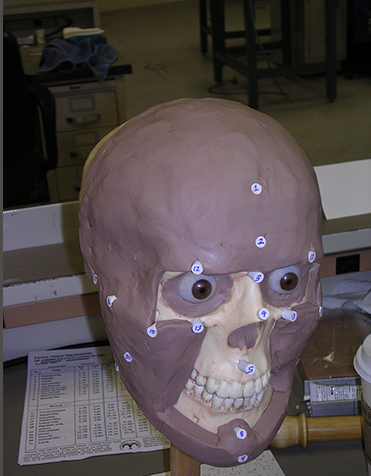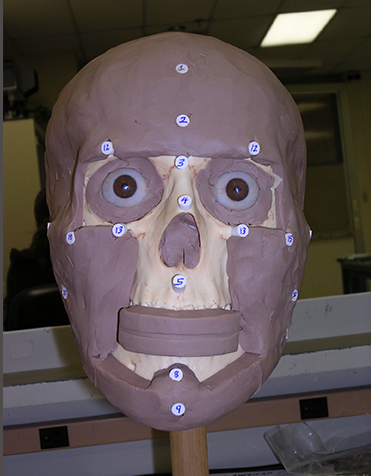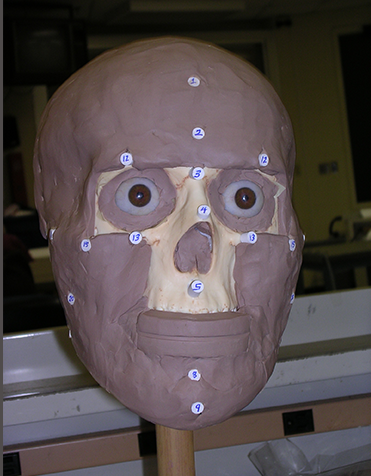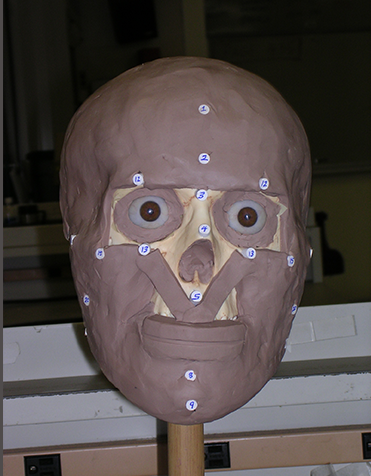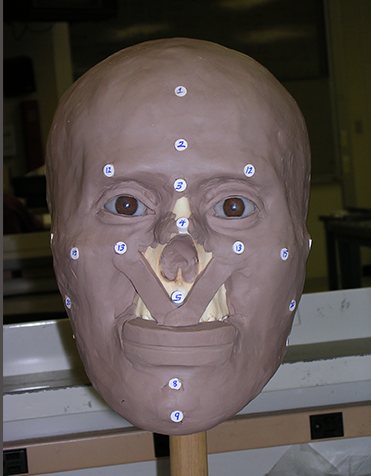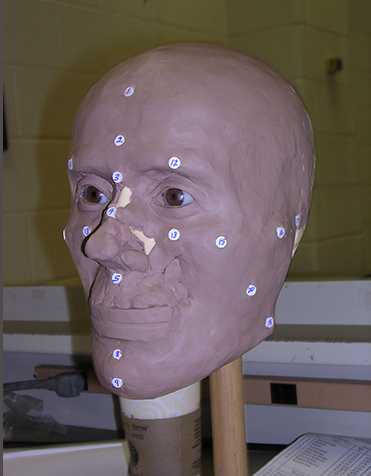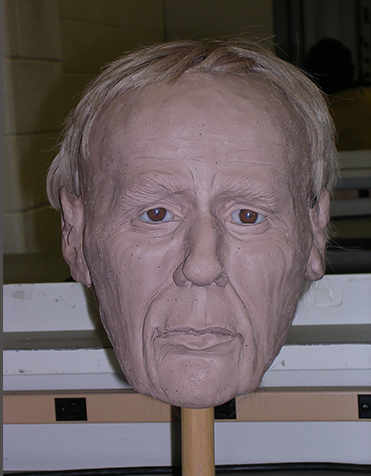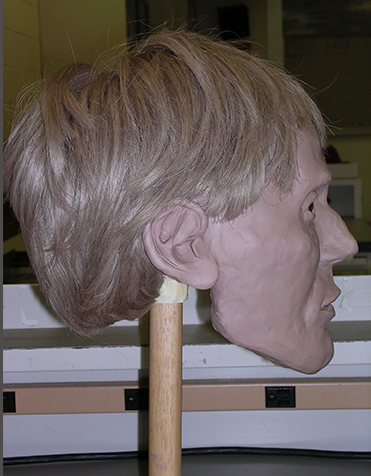In 2004, after creating several composite sketches for Broward Sheriff’s Office’s Criminal Investigations Division, Christine realized she needed more than just her education in illustration to succeed in forensic facial imaging. Finding a class at FBI Academy, the Sheriff’s Office sent her to the three week Forensic Facial Imaging course, where she learned three disciplines of forensic art:
– Composite sketching: Conducting a cognitive interview of a witness or victim, to arrive at a sketch of an unidentified subject
– Postmortem sketching: Drawing a likeness from the mostly or totally intact remains of a decedent, where decomposition is minimal or allows the artist to see at least half of the face.
– Facial reconstruction from skeletal remains: When decomposition obscures the likeness, injury to the face is too great, or only skeletal remains (a skull) is found, a sculpture or drawing technique is used. If tissue remains, the skull is defleshed. Tissue depth markers cut according to data for: a male or female skull; one of the three races of persons; and slender, medium or obese persons are adhered to designated areas on the skull, indicating depth of the flesh in life. If the mandible (jaw) is missing, which sometimes happens when flesh is gone, the jaw can be approximated through use of xrays and geometric math. Christine uses the drawing technique, invented by forensic artist Karen T. Taylor, and arrives at an anterior and lateral views of the person as he or she may have been in life. Medical Examiner records are used to determine lifestyle, height and weight. Other evidence gathered from scenes has included decedent’s hair (even from bird or mouse nests), personal belongings and clothing.
These are some examples of closed cases after decedents have been identified using Christine’s sketches. She has done many more sketches, but due to the fact that some of these cases remain open, and out of respect for families, they have not been included here.
2/27/18: I just finished a facial reconstruction from skeletal remains for the Pennsylvania State Troopers, of a cold case. A woman’s body was found in January 2016 in Ridley Creek State Park, PA. Below is the link to the art and more details on the case:
Ridley Creek State Park Skeletal Remains Reconstruction
2-D drawing facial reconstruction technique
This technique was taught at FBI Academy’s Forensic Facial Imaging class by Karen T. Taylor.
3-D facial reconstruction technique using clay
This technique was taught at FBI Academy’s Forensic Facial Imaging class by Betty Pat Gatliffe.

